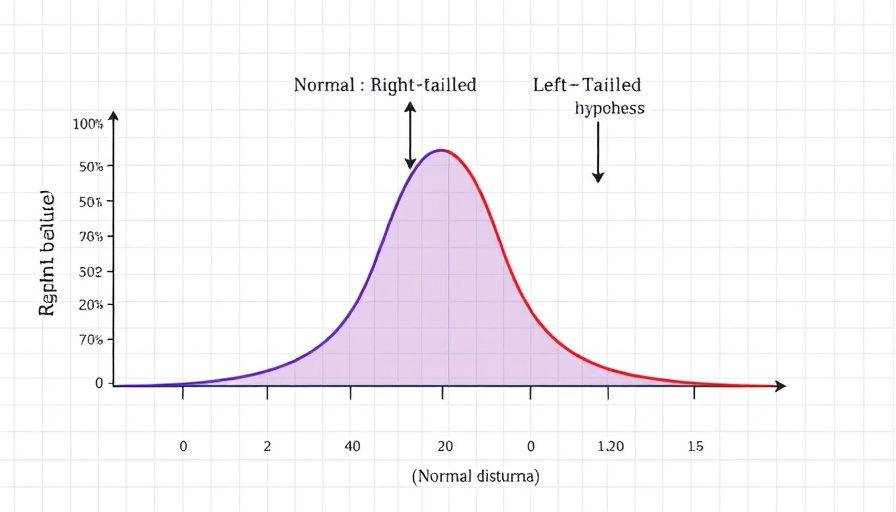
Understanding the Critical Role of Hypothesis Direction in A/B Testing
In the ever-evolving world of data analytics, particularly for fast-growing companies in the tech and healthcare sectors, grasping the nuances of hypothesis testing is paramount. This is especially true when choosing between one-tailed and two-tailed tests in A/B experiments. These decisions impact everything from planning and implementation to the interpretation of results.
One-Tailed vs. Two-Tailed Tests: What’s the Difference?
At its core, the choice between one-tailed and two-tailed tests hinges on the expected direction of an outcome. A two-tailed test assesses whether there is any difference between groups, regardless of direction—effectively examining both possibilities. In contrast, a one-tailed test specifies a direction; for example, you might hypothesize that the new intervention will increase performance compared to a control group.
This seemingly simple decision influences the rejection regions in your statistical model, determining how ‘strong evidence’ is evaluated. In a two-tailed test, rejection regions are distributed on both sides of the distribution, facilitating a more comprehensive analysis of potential outcomes.
The Importance of Defining a Clear Hypothesis
As highlighted in the literature, formulating a strong A/B testing hypothesis is essential in achieving meaningful results. A clearly articulated hypothesis directs the testing process, focusing on the specific aspects you intend to measure—positive or negative shifts in user behavior. Without such precision, as noted in industry studies, tests can become scattered and fail to yield actionable insights.
Crafting Winning Hypotheses: Practical Insights
When developing your hypothesis, consider these vital steps:
- Identify the Problem: Recognize what performance metrics reveal an issue—be it low conversion rates or high bounce rates. Understanding the problem sets a focused path for hypothesis creation.
- Gather Data: Use analytics tools and real user feedback to ground your hypothesis in empirical evidence. For instance, observing user interactions with a site can reveal specific pain points.
- Define Variables: Clearly outline independent and dependent variables, ensuring that your testing framework allows for straightforward evaluation of your hypothesis.
Aligning A/B Testing Strategies with Business Objectives
For mid-market to large enterprises, every experiment should align with broader business goals. The choice between one-tailed and two-tailed tests should reflect strategic priorities. For instance, a healthcare company aiming to prove the effectiveness of a new patient portal feature may opt for a one-tailed test to emphasize improvements in user engagement.
Additionally, gathering qualitative insights—through user surveys and testing groups—allows organizations to refine their focus. The hypothesis should not just predict an outcome; it must be designed to elicit deeper understanding, serving as a bridge between data and actionable strategies.
The Future of A/B Testing: Trends and Considerations
The landscape of A/B testing is evolving, with AI and machine learning becoming integral to hypothesis generation and analysis. As companies analyze vast datasets, automated insights will help differentiate between the types of tests to apply based on specific operational contexts.
In an era where customer behavior shifts rapidly, the adaptability of your testing approach—whether employing one-tailed or two-tailed tests—will determine your competitive edge. Recognizing when and how to apply these methodologies will be essential for informed, data-driven organizational growth, particularly in industries prioritizing rapid digital transformation.
In Conclusion: The Power of Informed Hypothesis Testing
In summary, understanding the subtleties between one-tailed and two-tailed tests is more than a statistical preference; it’s a critical component of strategic business innovation. For C-suite executives and decision-makers, applying these principles will translate to better customer insights and improved performance metrics, ultimately steering the organization toward sustained success.
 Add Row
Add Row  Add
Add 




Write A Comment